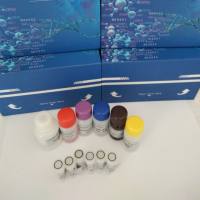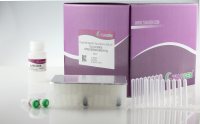Folch method Folch法提取脂类
互联网
GENERAL PROCEDURE
The most popular extraction procedure is that of Folch (Folch et al., J Biol Chem 1957, 226, 497):
Folch method
The tissue is homogenized with chloroform/methanol (2/1) to a final volume 20 times the volume of the tissue sample (1 g in 20 ml of solvent mixture). After dispersion, the whole mixture is agitated during 15-20 min in an orbital shaker at room temperature.
The homogenate is either filtrated (funnel with a folded filter paper) or centrifuged to recover the liquid phase.
The solvent is washed with 0.2 volume (4 ml for 20 ml) of water or better 0.9% NaCl solution. After vortexing some seconds, the mixture is centrifuged at low speed (2000 rpm) to separate the two phases. Remove the upper phase by siphoning and kept it to analyze gangliosides or small organic polar molecules. If necessary (need of removing labelled molecules...), rinse the interface one or two times with methanol/water (1/1) without mixing the whole preparation.
After centrifugation and siphoning of the upper phase, the lower chloroform phase containing lipids is evaporated under vacuum in a rotary evaporator or under a nitrogen stream if the volume is under 2-3 ml.
COMMENTS :
It must be emphasized that the method of tissue disruption affects the concentrations of extracted lipids. Therefore, for poorly explored tissues, the analyst must be careful in comparing various methods of tissue disruption.
As an example, it was demonstrated that better recoveries of liver lipids are obtained extracting 150 mg of liver tissue with 30 second sonication (or a 2 min homogenization), followed by a 2h shaking in chloroform/methanol reagent and a 12h incubation in chloroform. A drying time of 6h must be observed before weighing to get reliable lipid amounts (Ametaj BN et al. J Agric Food Chem 2003, 51, 2105).
The use of dichloromethane instead of chloroform has been evaluated in extracting lipids from samples of different natures (Cequiez-Sanchez E et al., J Agric Food Chem 2008, 56, 4297). The results indicate that dichloromethane/methanol can replace the commonly employed chloroform/methanol, thus avoiding the major health, security, and regulatory problems associated with the use of chloroform.






